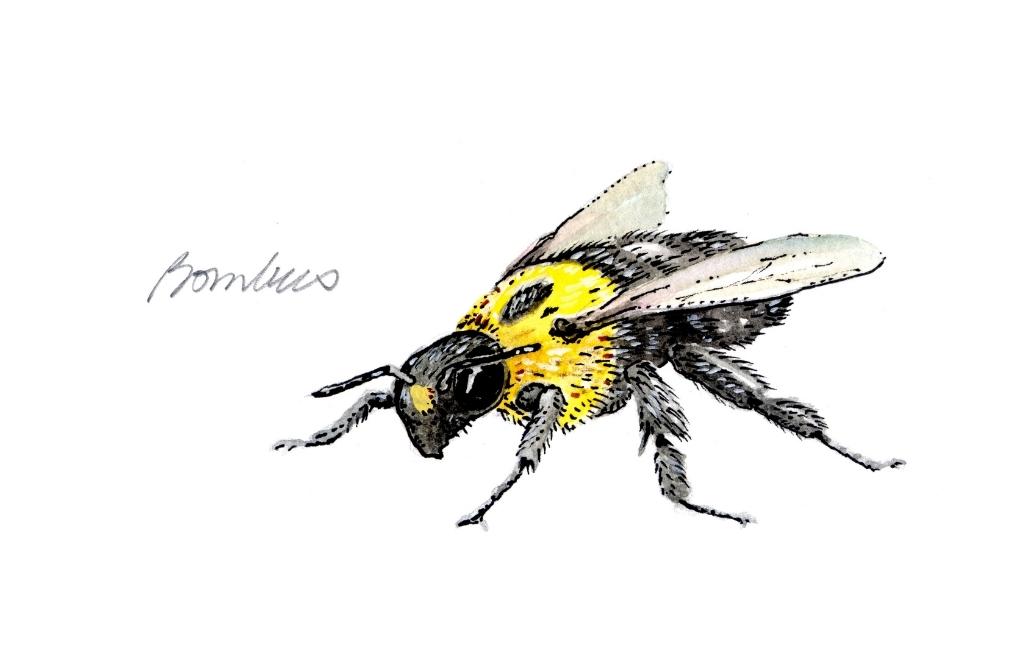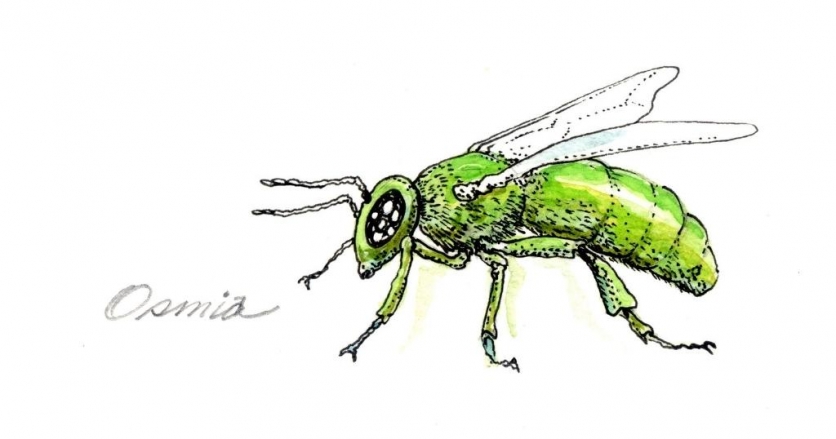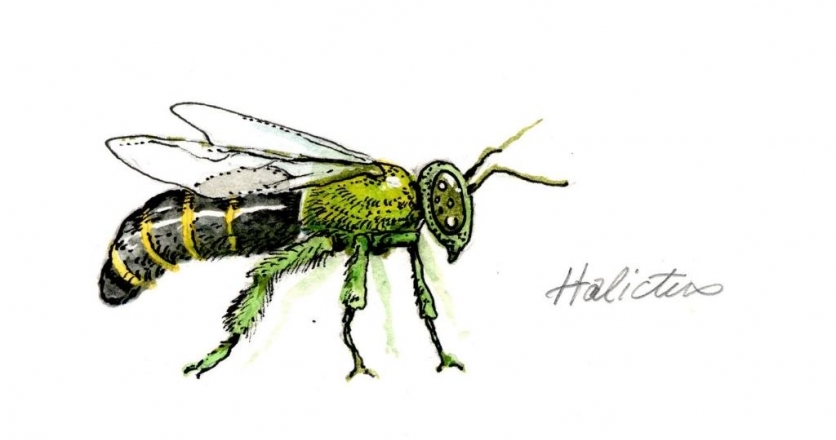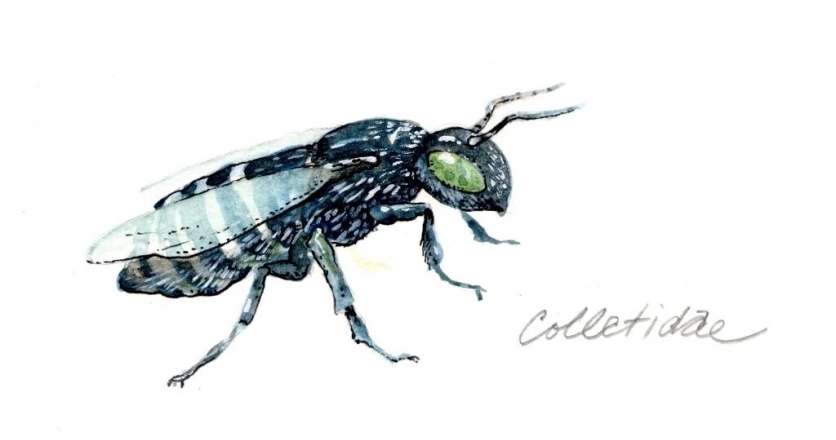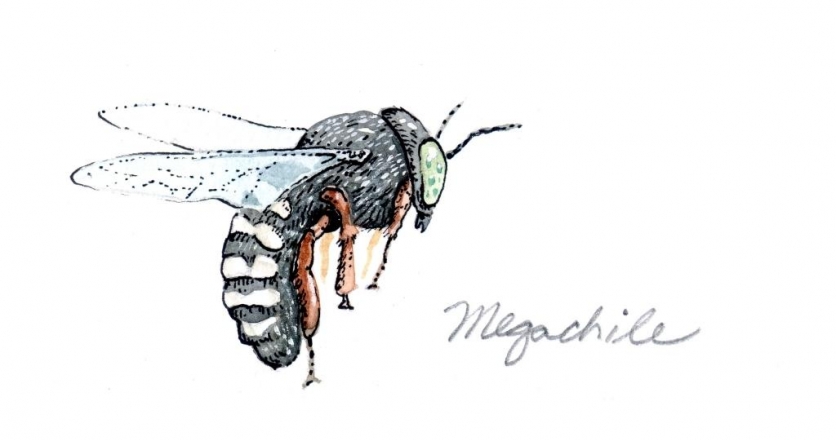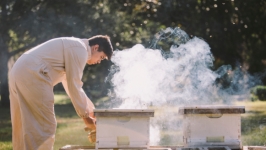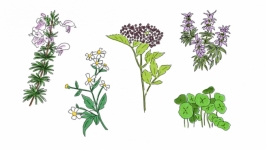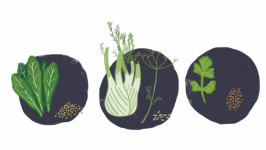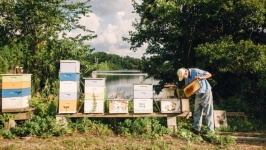The Native Bees of Northeast Florida
Florida has a great biodiversity in bee species, including both introduced and native bees. Honey bees, the species we are most familiar with, were brought in by European settlers and are only one of 315 bee species found in the state. There are more than 4000 species of bees in the United States and globally there are more than 30,000 different species. Northeast Florida is home to 98 different species identified on the last survey, and one of these is endemic to only this region. New species are discovered every year. A few species are noted below.
Native bees are mostly solitary and do not live in large colonies like honey bees. About 70% of native bees are solitary ground dwellers while the other 30% live and nest in small holes where they lay their eggs. Most native bees emerge only a few weeks a year in the spring or summer. Most are quite small. These bees are not aggressive and they rarely sting: in fact, in over 25 years of beekeeping I have never been stung by one. It’s fun to sit and observe them up close as they fly quickly between flowers looking for nectar – but look quick, as they move quite fast.
All bees, including native bees and honey bees, are being negatively affected and challenged by climate change and diminishing environments. For example, bees may be shifting climate zones as has been seen in migratory birds. Also, plants native to the region which depend on specific pollinators are now in danger because the natural seasons are changing. The vanilla orchid is one such plant that’s pollinated by only one species of bee. If the bloom time and the bee emergence time change, we will not have vanilla beans. Land development is also a factor as these native plants and vegetation are being disturbed and in many cases destroyed. The long-term effect is not yet known.
The good news is that both native and honey bees are not going extinct, and are instead adapting. So, what can we do to help them? Plant bee friendly plants, use less chemicals in the yard and protect undeveloped lands as these are bees’ nesting grounds. Provide safe environments to pollinate our crops and pollinate our flowers, since 75% of plants depend on bees for pollination. Plant local flowers, fruits and vegetables to protect the biodiversity of our planet. Bee safe, bee-friendly.
********
OSMIA
This genus of non-aggressive bees is commonly referred to as the mason bee. They are solitary and build their nests in the ground out of dirt. Many are metallic green or blue.
HALICTUS
Although one of the largest genuses of bees in North America, Halictus has declined by 20% in the last decade. Florida is home to 44 species within this genus. A common non-aggressive bee found foraging on wildflowers, most nest in the ground as solitary dwellers in nests that resemble miniature ant hills. Yards can come alive with these bees for a few weeks in spring. They have dull black to metallic green heads and thorax with a striped abdomen. Many people refer to them as sweat bees as they are attracted to human sweat for the salts needed in their diet.
COLLETIDAE
One species in this family of non-aggressive bees is endemic to the scrub habitat of North Florida. They prefer barren sandy soil to nest. They collect pollen on the fine hairs on their bellies.
MEGACHILE
This genus of bees are often mistaken for hornets due to their striped abdomen patterns. They prefer flowers in the pea family. These non-aggressive species vary in size from a quarter-inch to one inch.
BOMBUS
This genus’s common name is “bumblebee.” They are social bees living in colonies of 200. They are very furry and pollinate with the buzzing of their wings, known as buzz pollination, though they are poor pollinators. The male bumblebee has a yellow faceplate.
********
Want to learn more about local bees? Consider attending the University of Florida/IFAS Bee College


